Emergency Survival Kits You Can Make!
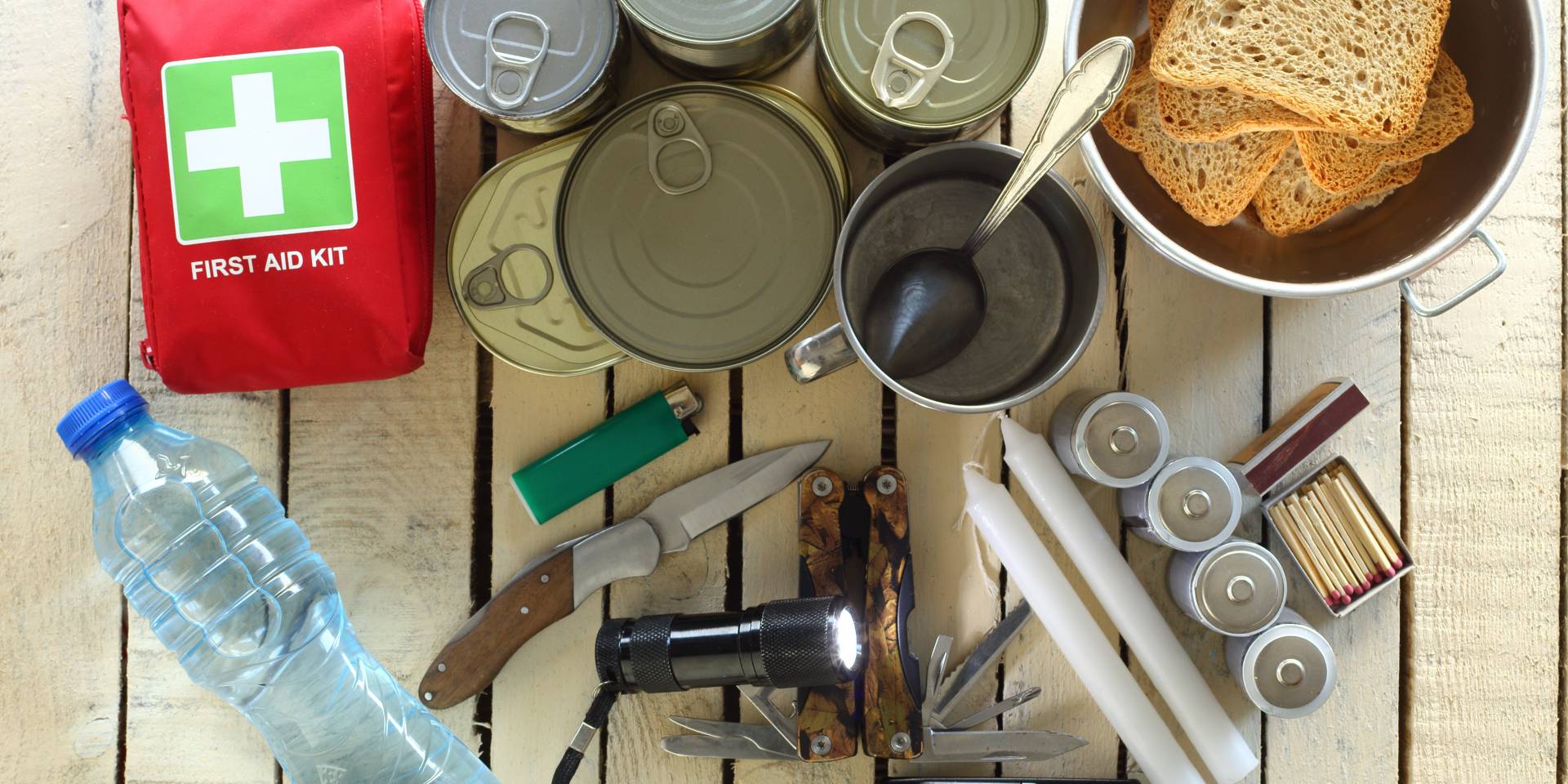
The Huffington Post called Hurricane Florence “a slow-motion train wreck” and Hurricane Michael “a four-ton wrecking ball”. Both monster storms left in their wake monster damage — the likes of which Colorado may never see. But we have other natural disasters to contend with – mainly white-out blizzards that can dump a couple of feet of snow and keep us cloistered for days.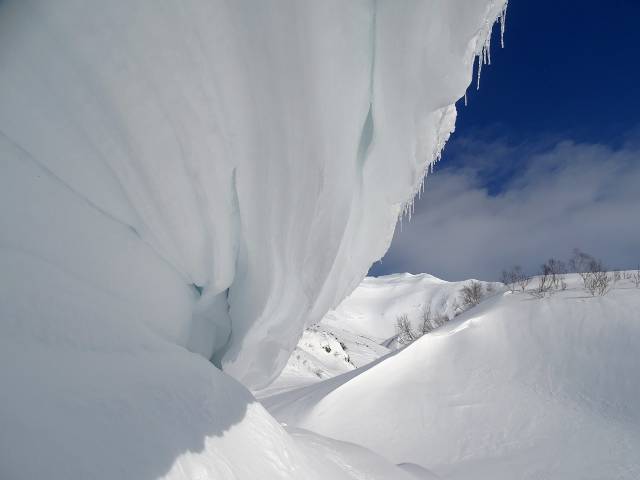
If you haven’t assembled an emergency survival kit to prepare for a disastrous winter weather event, now’s the perfect time! We’re here to help so you can build an emergency survival kit with the must-haves you need to keep you and your family healthy and happy in case of an emergency.
What are the Essentials for an Emergency Survival Kit?
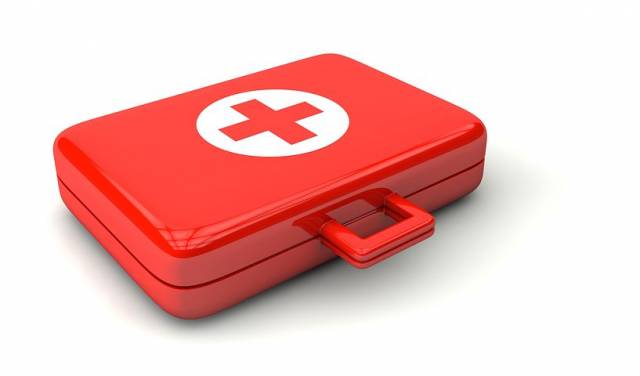 Food and water are the most important essentials of an emergency preparedness kit and you’ll need at least a three-day supply of each. The Department of Homeland Security recommends one gallon of water per day, per person for both drinking and sanitation and non-perishable food. Examples we found of food you can include are canned goods like meats, vegetables and soups, peanut butter and crackers, cereal, dried fruit, power bars, sports drinks, powdered milk and nutty trail mix.
Food and water are the most important essentials of an emergency preparedness kit and you’ll need at least a three-day supply of each. The Department of Homeland Security recommends one gallon of water per day, per person for both drinking and sanitation and non-perishable food. Examples we found of food you can include are canned goods like meats, vegetables and soups, peanut butter and crackers, cereal, dried fruit, power bars, sports drinks, powdered milk and nutty trail mix.
Other basic supplies include:
- Battery-powered or crank radio
- Flashlight with extra batteries
- First aid kit
- Whistle to signal for help
- Dust mask to filter contaminated air
- Plastic sheeting and duct tape for a shelter-in-place
- Moist towelettes, garbage bags and plastic ties for personal sanitation
- A wrench or pliers to turn off utilities
- Manual can opener for food
- Cell phone with chargers and a back -up battery
- Blanket or sleeping bag for each person
Beyond the Basics
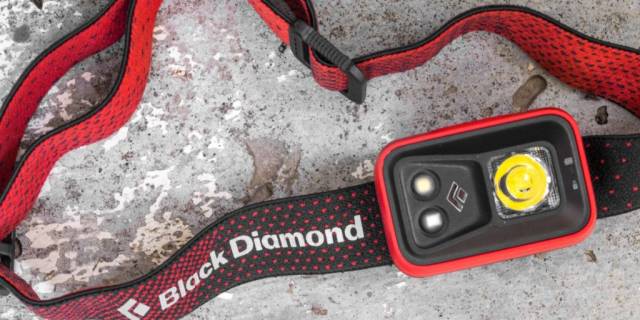 You can also make yourself and your family more comfortable in a winter weather crisis if you go a bit beyond the basics in your emergency survival kit.
You can also make yourself and your family more comfortable in a winter weather crisis if you go a bit beyond the basics in your emergency survival kit.
Consider a headlamp if you don’t already have one. The Black Diamond Spot lasts up to 200 hours on three AAA batteries. And a solar powered charger might be a lifesaver since Colorado does get a lot of sunlight! And don’t forget to have a few days’ supply of your personal medications, plus tweezers, scissors, matches and cash. For most people, the Motley Fool says $1,000 is enough to get a family through a short crisis. If that sounds like a lot, start with $100, and build it up.
The New York Times has a lengthy list of other good-to-have emergency items like bleach, antibiotic ointment and bandages, as well as extras for your pets.
If you don’t have time to assemble your own basic emergency kit, you can order one from the American Red Cross store and add to it.
Record Snowfall in 2019?
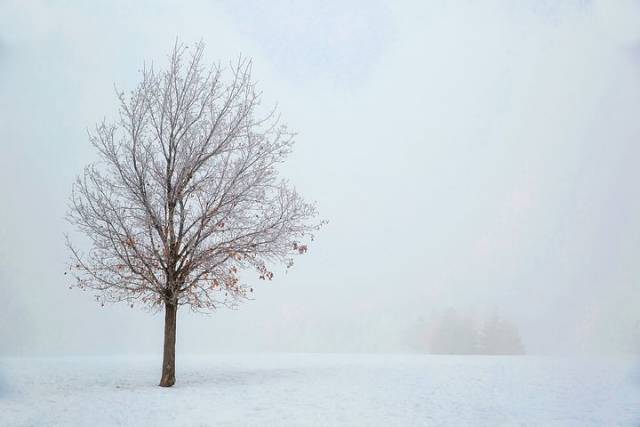 It’s been more than 10 years since we saw snowfall measuring over 20 inches in Denver and surrounding areas. The forecast, according to the Old Farmer’s Almanac, calls for snowy skies throughout most of the winter season — lots of snow in December and April, but not much in January, February and March.
It’s been more than 10 years since we saw snowfall measuring over 20 inches in Denver and surrounding areas. The forecast, according to the Old Farmer’s Almanac, calls for snowy skies throughout most of the winter season — lots of snow in December and April, but not much in January, February and March.
But if the local weather people start forecasting record snowfalls, it doesn’t hurt to prepare kits for your car(s) and for work, too.
Prepare for the Best in Crystal Valley!
We’re prepared to enjoy the best life has to offer in Crystal Valley, where neighbors know their neighbors and look out for each other and their community. Join the contented homeowners here who love where they live; explore all nine models from D.R. Horton, Kauffman Homes and Richmond American Homes. See why this master-planned community is among the top five fastest-growing communities in the state, with new homes priced from the $300s.


